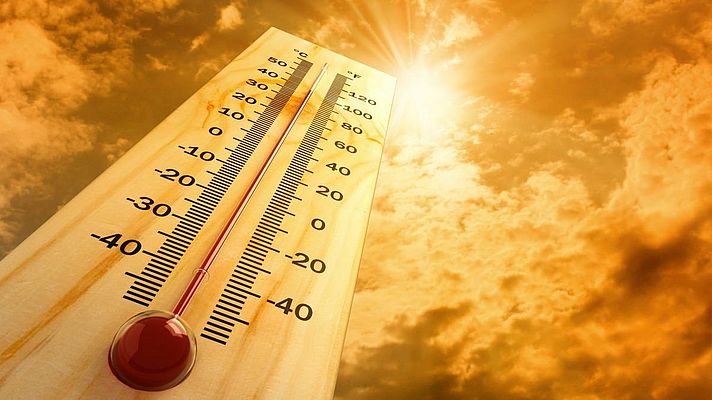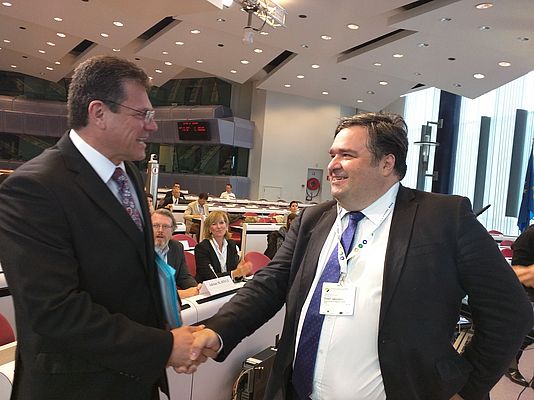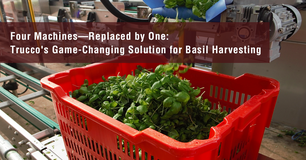Energy Efficiency in Industrial Processes (EEIP) is welcoming the European Union initiative for a stakeholder dialogue and policy alignment on heating and cooling. Heating represents majority of primary energy used and major potential for energy efficiency.
EEIP has been leading EU discussions on industrial heat recovery as the main potential in smarter utilization of heat for energy intensive industries. EEIP run EU co-funded project Energy Recovery > Emmission Reduction (ER>ER) that concluded in 2013, with call for proliferation or energy recovery technologies as the biggest potential for energy efficiency in industry. Not only on the high-grade heat, but also, in combination with district heating, on the untapped potentials on industrial medium and low temperature heat and cold.
Industry accounts for one fourth of the EU's final energy consumption, of which the majority is used for heating and cooling. A current estimate is that industry consumed 173,2 Mtoe or 63% of its total final energy for heating and cooling, 35% (95,37 Mtoe) for electricity driven processes /machinery and 3% (5,4 Mtoe) for cooling (Fraunhofer).
About one third of the final energy demand in EU industry is used to generate steam, most of this (around 20-25%) in steam systems. Processes are specific to sectors and require different temperatures ranging to 2000°C and above. Process heating can be divided into low, medium and high temperatures. The definition of low, medium and high temperature is specific to each sector and different thresholds are used. A possible distinction is of temperatures below 200° C, between 200°C and 500°C and above 500°C.
Industrial and power generation installations produce large amount of waste heat as a by-product. Most of this waste heat is currently dissipated unused in air and water. A few countries utilise a small portion of this waste heat from industrial plants, nuclear and other electric power plants through feeding the waste heat into district heating and cooling systems that supply buildings.
Stratego study (2015) calculated the EU total waste heat potential to be 11.3 EJ (270 Mtoe), an order of magnitude that could cover the EU's entire heating needs in residential and tertiary buildings. The sources considered included large scale (above 50 MW) thermal power generation fuel combustion plants, fuel supply and refineries, and industrial facilities within six significant energy-intensive industrial sectors: chemical and petrochemical, iron and steel, non-ferrous metals, non-metallic minerals, paper, pulp and printing, and the food and beverage sector. The report also considers Waste-to-Energy facilities. The calculation did not take into account European nuclear facilities, which reject approximately 6.7 EJ, although in some Member States some district heat facilities utilise waste heat from nuclear plants. The study established waste heat potentials for all 28 EU Member States. The ratio of excess heat to primary energy consumption in industry is between a third and half for each Member State. Seven Member States (France (7%), Germany (23%), Italy (11%), the Netherlands (5%), Poland (8%), Spain (6%), and the United Kingdom (12%)) account for the major share of the total excess heat availabilities.
Furthermore, two projects co-funded by the European Commission LIFE environmental programme have estimated the industrial waste heat recovery potential, carbon emissions and energy savings in energy intensive industries (cement, glass industries, steel, aluminium and nonferrous, heat treatments, chemical industry, refineries, oil & gas, agribusiness, textile, paper) using the ORC (Organic Rankine Cycle) technology which allows the combined generation of heat and electricity.
The EU co-funded project H-REII (LIFE08 ENV/IT/000422 www.hreii.eu) represents the first Italian pilot project on heat recovery aiming at assessing the waste heat recovery potential in highly energy-intensive industries at national level using the ORC technology with 0.5-10 MWhel power generation size. The prudential estimate on Italian cement, glass and steel industries highlighted a potential saving of electricity ranging from 641 to 1025 GWhel/year, accounting for 5% of the total estimated energy savings for the Italian industry for 2016, and CO2 emissions prevention of over 650.000 tons/year. Building upon H-REII results, the project H-REII DEMO (LIFE10 ENV/IT/000397 www.hreii/demo.eu) evaluated the potential waste heat recovery for electricity valorisation of the different energy intensive sectors at European level by the means of an ORC system. The estimated EU27 potential for the investigated sectors accounts for approximately 20 TWh of electric energy. This value represents 4.8% of total electricity consumption of EU industry in 2009 and implies avoided emissions of almost 7.5 million tonnes of CO2.
Following stakeholder consultation meeting on 9 September 2015, EEIP welcomes the developments on the EU Heating and Cooling Strategy. Energy efficiency must remain the primary focus. Recovery of waste heat and cold from industry represents the major potential for energy savings and sustainable use of primary energy in Europe. EU policy should encourage district heating and cooling networks to ensure access and economics of use of industrial heat and cold. This is energy that would otherwise be wasted.
























































